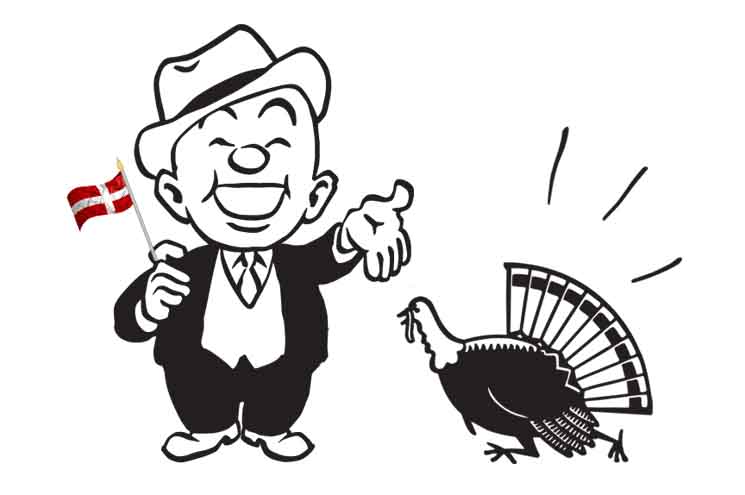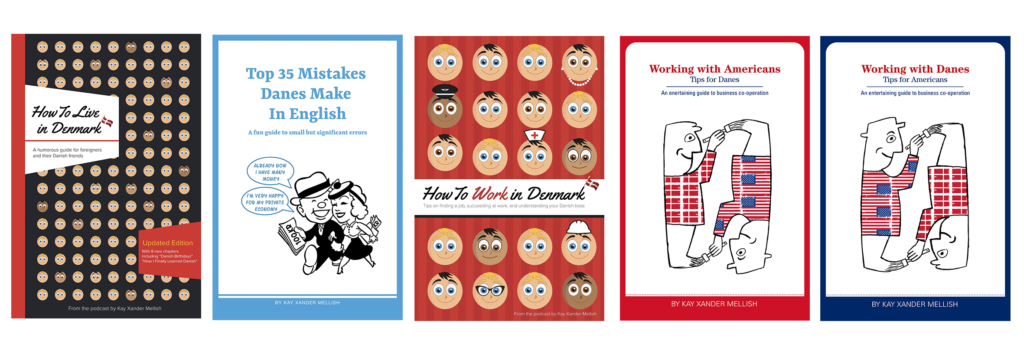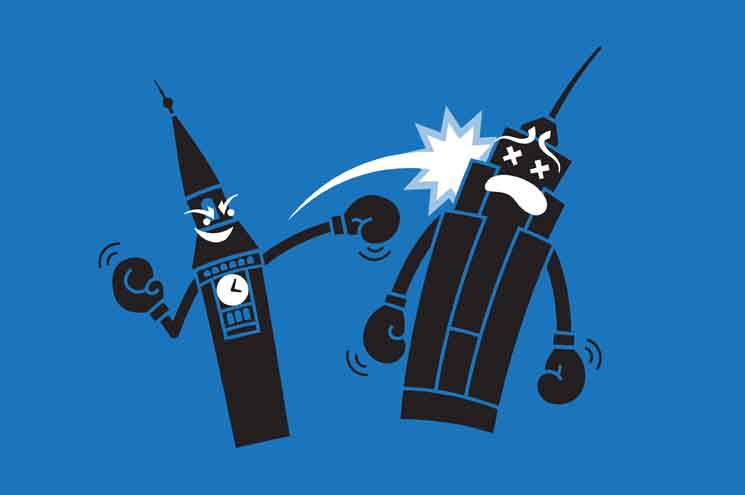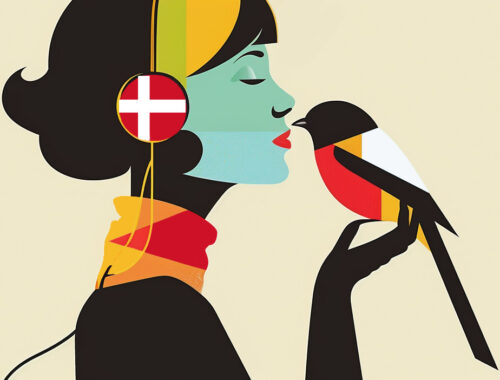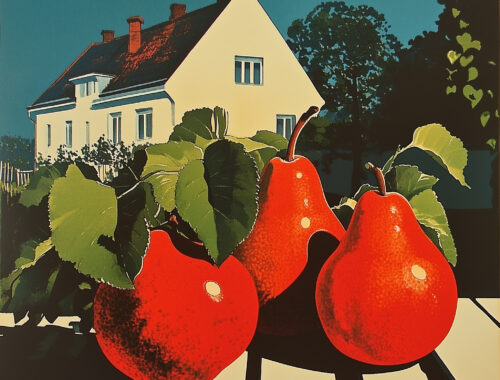When I moved from the US to Denmark, I didn’t expect the American holidays to follow me.
But American-style Halloween is everywhere now, having transformed the ancient and dignified Danish allehelgensaften to a full explosion of plastic and candy.
If Wikipedia can be trusted, the American version of Halloween only took off in Denmark in 2000, when Fætter BR began to sell the very first of the polyester princess costumes, zombie makeup sets, and plastic pumpkin-shaped candy baskets that now overwhelm stores beginning in late September.
The production of real pumpkins has soared too, with nearly a million sold every year in Denmark.
My guess is that American-style Halloween has become so popular not just because it references a deep pagan tradition, but because getting ready for it gives the kids something to do during fall vacation.
It is also a convenient three or four months before it’s time to dress up again for Fastelavn.
The days of homemade costumes
Although I grew up with American-style Halloween, it’s changed a lot as from when I was a kid.
Back then, my own mother was a classic stay-at-home parent with a lot of time and a lot of creativity, and we would make all of our costumes from scratch.
We’d start working sometime in mid-September, our creativity limited only by the need for the costume to fit over the thick coat required for evening trick-or-treating.
One year we got a grocery store’s permission to look in its back room for a large packing box, which we carefully painted to resemble the packaging of a popular breakfast cereal with a pirate theme. We cut armholes and a hole for my head, and I walked the neighborhood with an eye patch and sword, looking like a pirate emerging from the box.
If there are still US parents (or Danish parents) who have time to make such an elaborate costume, I salute them.
Dangerous costumes
Anyway, dressing up is probably more fun in Denmark than in the US these days, because Halloween costumes in the US have been invaded by the fun police.
Cowboys and pioneers are no longer heroes; they are imperialist invaders, and of course you must not dress up as Native American if are not actually, genetically, a Native American (remember to carry your DNA test results!).
Halloween parties are treacherous. Heaven forbid you dress up as a historical figure somebody disagrees with; you will spend the party in the kitchen arguing it out.
Some women opt instead for the widely popular “sexy” costumes. Other partygoers are so stunned to see an educated, professional woman dressed up as “sexy brain surgeon” or “sexy Red Riding Hood” that they forget to argue.
“Kalkun til Thanksgiving”
But Halloween isn’t the only American holiday that I see gaining popularity in Denmark. Several Danish supermarket chains now advertise turkey around Thanksgiving, and Google returns thousands of results for a search of kalkun til Thanksgiving in Danish.
Turkey is a bird native to North America, and Thanksgiving is probably the most American holiday, since it is generally celebrated by all religions and ethnicities.
The legend of Thanksgiving can be traced to a meal that celebrated a good harvest in 1621. The newly arrived European pilgrims dined with the native Americans who had shared planting secrets and given food to help them survive the previous winter, an early form of integrationsydelse.
Valentine’s Day disappointment
Another American holiday I see emerging in Denmark is Valentine’s Day on February 14, supposedly a day of romance that more often turns out to be a day of guilt, disappointment, and depression.
Will he ask me to marry him? Will she ask me to dinner? Will nobody call at all? Will I sit home and eat all the Valentine chocolates myself?
Urp, it’s nearly swimsuit season, I shouldn’t have eaten so many chocolates.
Danish holidays lack marketing
What these holidays all have in common is that they are holidays for which there is stuff to buy and stuff that can be sold, a profitable concept in a Denmark that has become more prosperous over the past 20 years.
Traditional Danish holidays just haven’t kept up.
Where are the cute stuffed-animal ducks for St. Morten’s Day?
The Varme Hvede with a drawn-on face and its own comic strip for Store Bededag?
The humorous “burn the witch” plates and napkins for Sankt Hans day? (Or the Sankt Hans-branded umbrellas, since it always seems to rain?)
Danish holidays are just as good as the American imports. They’re just not as well marketed.
This article originally appeared in Danish in the newspaper BT on October 23, 2019.
.
.

